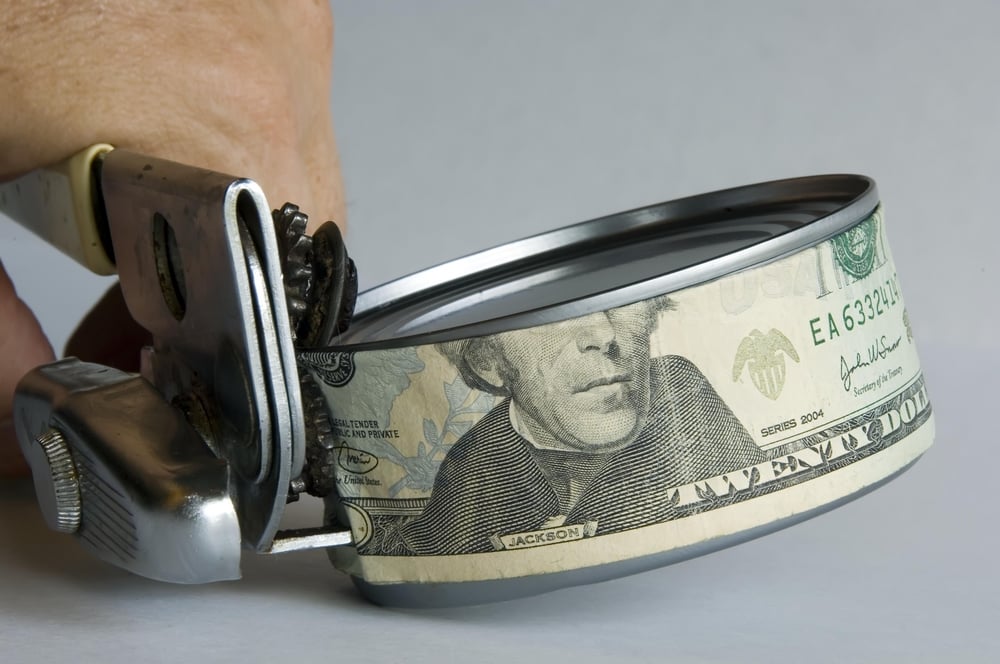
Rewire Your Space, Reclaim Your Attention: How I Stopped Triggering My Own Maladaptive Daydreaming
When I started tracking my daydreaming, the map pointed somewhere obvious and humiliating: I was manufacturing the conditions I got lost in. Dim rooms, long stretches between tasks, that comfy armchair that felt like a portal — they weren’t neutral. They were triggers. Once I accepted that, the work felt less like willpower and more like engineering: change the environment, change the default.
This piece digs into the concrete environment and routine changes I used in Weeks 4–7 of my programme. These are small, reversible experiments you can run this week. They don’t promise overnight perfection — but they shift the odds from “I’ll disappear” toward “I’ll notice.”
The basic idea: environment is your autopilot
Your brain uses cues in your environment as permission slips. A dim, warm room + a long empty stretch = permission to wander. Bright light + a visible timer + a slightly uncomfortable chair = permission to stay present. We’re not trying to become monks — we’re redesigning defaults so that attention naturally lands where you want it.
Below are the exact changes I made, why they worked for me, and how to test them without drama.
If you're interested in my 15-week programme, you can find it here: https://singularityrh.gumroad.com/l/controlmaldaydreams
Quick checklist: 8 environment tweaks you can do today
-
Light it up — work/study in well-lit spaces. Dim = drift.
-
Sitting that works — use a less-loungey chair for focus time (no sinking in).
-
Visible timer — a clock or timer in view makes the mind orient to deadlines.
-
Grounding object — keep a small tactile object (stone, rubber band, stress ball) on your desk to touch when you feel the pull.
-
Transition buffers — build a 3–5 minute ritual between tasks (stand, stretch, quick list of next steps).
-
Designated daydream zone — one comfy place where daydreaming is allowed; not your work spot.
-
Remove visual triggers — anything that habitually pulls you (certain images, open tabs, music videos) goes away during focus time.
-
Phone settings — grayscale during focus blocks, or put it in another room on Do Not Disturb.
Do 3 of these today. Don’t overwhelm yourself. Pick the ones that feel easiest and test for a week.
Why these work (brief science-free logic)
-
Cues shape habits. We act on the environment’s suggestion more than on abstract goals.
-
Friction helps. A slightly less comfortable chair or a timer adds tiny friction against automatic wandering.
-
Rewards rewire. If daydreaming becomes a scheduled reward (not a default), your brain stops treating it like the only comfort available.
Structured Flexibility: designing flow without rigidity
Rigid schedules backfire. I use a “structured flexibility” approach:
-
Designated focus windows (e.g., 45 minutes)
-
Transition buffers (3–5 minutes between windows)
-
Intentional daydream windows (10–20 minutes after a focus block)
Example daily rhythm I used on busy days:
-
9:00–9:45 Focus block (work) — visible timer
-
9:45–9:50 Transition buffer (stand, stretch, set next task)
-
9:50–10:00 Intentional daydream / break (timer set)
-
Repeat
This rhythm turns daydreaming into a controlled tool and reduces the chance it hijacks long stretches.
The Gentle Intervention Toolkit (for when you catch yourself)
When you notice yourself slipping, these low-effort interventions break the loop:
-
20-second physical reset: stand up, shake out your limbs, take three deep breaths, touch your grounding object.
-
Sensory shift: chew mint gum, splash cold water on your face, or sniff a citrus oil — small sensory shocks stop automatic spirals.
-
Micro-task: do one 60-second task (water the plant, clear three items off your desk). Finishing something resets momentum.
-
The Two-Path Technique: visualize two paths — enter the daydream now vs. stay with the task for 10 more minutes. Walk a few mental steps down each and choose.
These are not punishments. They are pauses that create the space to choose.
Creating an intentional “daydream policy”
I learned to treat my imagination like a colleague with boundaries. My policy was simple:
-
Where: Daydreaming happens in the living-room armchair or during a 10–20 minute “creative slot.”
-
When: After a completed focus block or during commute/low-stakes time.
-
How long: Timer set — start with 10 minutes, build to 20 if useful.
-
What for: Creative problem-solving, emotional processing, or pure reward. Not avoidance.
Putting parameters around daydreaming made it feel less like escape and more like a tool I’d booked.
One-week experiment (do this and report back)
Pick 2 environment tweaks from the checklist, plus adopt the daily rhythm for 3 focus blocks. Track these three things each evening:
-
Peak time you drifted (if at all)
-
Episode length (estimate)
-
Which intervention you used (if any) and whether it helped (1–10)
If at the end of the week you notice smaller episodes or more catching-yourself moments, you leveled up. Celebrate.
Small proof from my own life
After a month of these adjustments, I noticed two changes: I caught myself earlier (the “pause” expanded by seconds then minutes), and daydreaming shifted from being a fugitive activity to a scheduled one. My afternoons stopped evaporating. I still daydreamed — I just decided when and for how long.
Where this fits in the programme
This environmental rewire is Weeks 4–7 in my 15-week system: present-moment anchors, space design, cognitive flexibility practices, and gentle behavioural changes. Those weeks turned the maps I’d drawn in Weeks 1–3 into practical scaffolding that actually held up during real work and study.
If you want the exact step-by-step sequence I used — complete with trackers and weekly reflection prompts — I compiled it into a structured 15-week programme. No hype — just the methodical plan that helped me move from captive to director. (If you want, I’ll share a free mini-checklist from that programme in the comments.)
If you try any of this, tell me: which two tweaks did you pick, and what changed after three days? I’ll read every reply and reply back — the small experimental approach is how we actually make progress.

